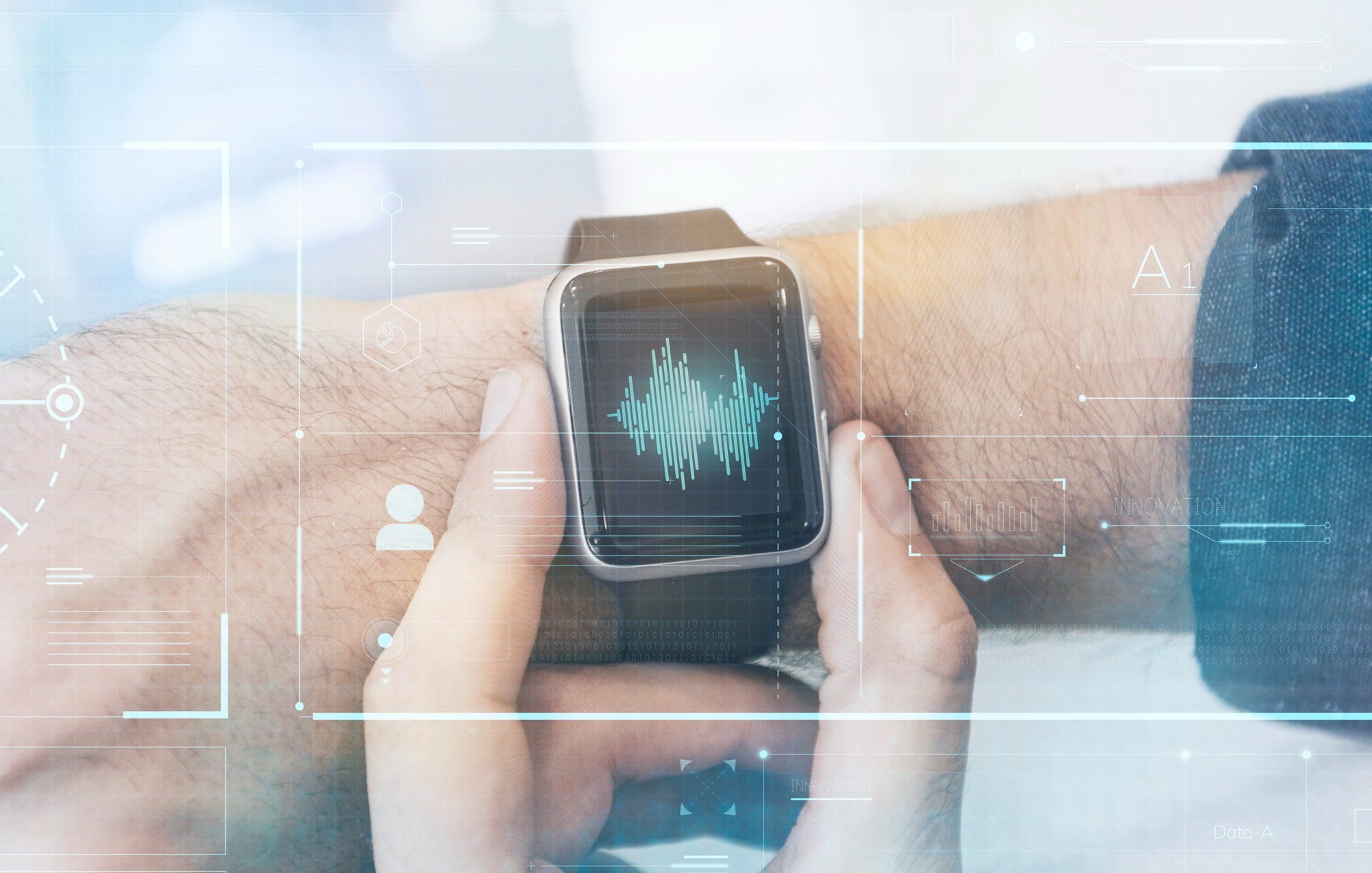Technological evolution has provided significant advances, but it has also introduced new challenges in the security area. One of the emerging challenges is the threat posed by deepfakes in identity authentications.
Download Now: Voice Biometrics as a two-factor authentication
What are deepfakes?
Deepfakes are video and/or audio manipulations created using deep learning algorithms. These advanced techniques allow the creation of extremely convincing fake content, where a person can appear and speak realistically, even when they were never present or uttered those words.
These fakes, initially popular in social networks and digital content, now present a serious threat to biometric security. Attackers can use deepfakes to spoof biometric systems, compromising authentication and putting sensitive information at risk.
Vulnerabilities in Biometric Systems
Biometric authentication is based on the unique identification of physical characteristics or human behaviors, such as fingerprints, facial recognition, iris, and voice.
However, deepfakes can exploit these characteristics by convincingly replicating them. For example, an attacker could use a deepfake to fool a facial recognition system into believing that a fake image or video is an authentic representation.
This raises a critical question: how can biometric systems defend against this threat?
How biometric systems can deal with Deepfakes
1. Use a fingerprint that is nearly impossible to spoof: voice
Biometrics, in general, is one of the most complicated methods to spoof, but voice biometrics especially stands out as the most reliable.
Using the unique characteristics of the voice, such as pitch, rhythm, and frequency, voice biometric systems offer authentication that is difficult for cybercriminals to replicate, increasing the accuracy and reliability of the process.
<<< Discover our use case about Voice Biometric Authentication >>>
2. Biometric Behavioral Analysis
Instead of relying only on static characteristics, biometric systems can incorporate biometric behavioral analysis, evaluating unique patterns such as handwriting, walking, or speaking that are difficult to replicate with deepfakes.
3. Combining biometrics with other technologies or multiple factors
There is strength in numbers and combining biometrics with other technologies or authentication factors is a safe bet.
Advanced biometrics solutions are combining biometric feature identification with other technologies to detect deepfakes. For example, some voice biometrics solutions use the power of transcription to ensure that the voices used are not prerecorded or artificially generated, ensuring the authenticity of both the voice and the spoken content.
Even multi-factor authentication, combining biometric and other factor methods, is being used to add a layer of security, making it even more difficult for deepfakes to compromise authentication.
Voice biometrics and its fight against deep fakes
It is undeniable that criminals have been far from idle over the past decade, devising strategies to bypass biometrics and circumvent authentication processes that rely on them. For this reason, as technology advances, biometric solutions must also evolve to address emerging threats.
Voice biometrics has emerged in recent years as one of the most effective biometric solutions for authentication. However, it faces considerable challenges with the advent of these deepfakes. Advanced solutions take a holistic approach by combining voice biometrics with other authentication technologies and factors, thus ensuring access prevention through prerecorded or artificially generated voices.
However, it is essential to contextualize the threat posed by deepfakes. Although they raise legitimate concerns, most frauds still rely on conventional tactics, such as impersonation, synthetic identity creation, and policy abuse. In these situations, voice biometrics technology still plays a crucial role in preventing these attacks.
The interplay between deepfakes and biometric security raises concerns, but it also drives innovation in cybersecurity. Implementing proactive measures and adopting advanced technologies such as Recordia are essential to ensure the integrity of biometric systems in an increasingly digital and connected environment.
Find out how Recordia fights against deepfakes with our most advanced voice biometric authentication solution by clicking here.

